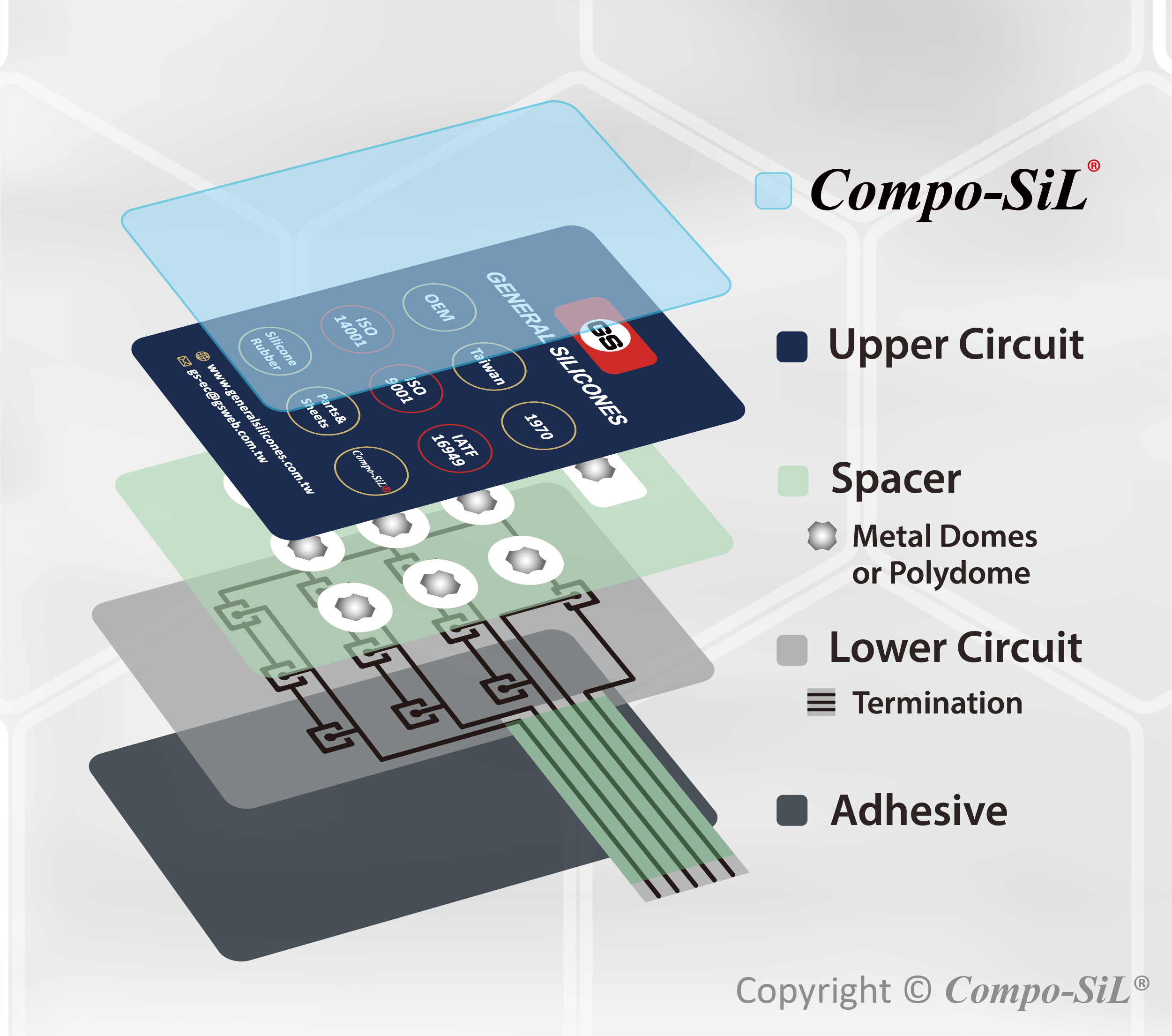How Membrane Switches Are Used in Medical Devices and Equipment
How Membrane Switches Are Used in Medical Devices and Equipment
Blog Article
Discover Just How Membrane Switches Feature and Their Duty in Modern Electronic Devices
Membrane Switches stand for an advanced assimilation of modern technology and style within the world of contemporary electronics, offering as vital interfaces in many tools. Recognizing the complexities of Membrane switch performance and their broader effects in improving user experience welcomes further expedition into their style, benefits, and the ingenious growths shaping their future in modern technology.
What Are Membrane Buttons?

Membrane buttons are distinguished by their longevity and resistance to ecological variables, such as dust, moisture, and extreme temperature levels. They can be personalized with numerous graphics, colors, and responsive comments alternatives, enhancing user experience while preserving aesthetic allure - membrane switches. Additionally, the consolidation of printed circuits enables seamless combination right into devices, enhancing general performance.
The adaptability of Membrane buttons is noticeable in their capability to support both complicated and straightforward control functions. They can integrate attributes such as LED indicators and touch-sensitive innovation, accommodating certain user demands. As technology remains to develop, Membrane Switches stay essential for allowing instinctive and efficient interface, therefore playing an essential role in the innovation of contemporary electronic tools.
Parts of Membrane Buttons
Membrane buttons are made up of several vital components that collaborate to produce a useful and trusted interface. The key components include the visuals overlay, adhesive layer, spacer layer, and conductive traces.
The graphic overlay works as the customer interface, normally printed on a versatile substrate such as polyester or polycarbonate. This layer not just supplies visual charm however likewise includes tactile responses, aesthetic cues, and protective features. Under the graphic overlay lies the adhesive layer, which safeguards the switch to the gadget and guarantees toughness against environmental anxieties.
The spacer layer is important for maintaining the essential space in between the visuals overlay and the circuit layer. This gap permits the activation of the switch when pressure is used. The conductive traces, generally made from silver or carbon, form the electrical pathways that finish the circuit when the button is engaged.
In addition, a backing layer may be included for structural support and insulation. These elements team up seamlessly, guaranteeing that Membrane switches are both easy to use and resistant, making them essential in different contemporary electronic applications.
Just How Membrane Switches Work
How do Membrane Switches feature successfully within electronic devices? Membrane Switches run on the principles of pressure-sensitive technology, making use of a layered construction that consists of graphic overlays, glue layers, and best site conductive aspects.
The design of Membrane switches is critical for their efficient operation (membrane switches). The layers are diligently engineered to give tactile responses, longevity, and resistance to environmental variables such as wetness and dust. The addition of domes-- small, increased areas within the switch-- boosts tactile feedback, offering customers with an obvious click experience upon activation
Additionally, Membrane switches can be personalized in regards to size, form, and graphics, making them suitable for different applications. They are commonly used in control panels, clinical tools, look at here and consumer electronic devices as a result of their sleek style and reliability. Generally, the efficient performance of Membrane buttons is crucial in enhancing user communication and ensuring seamless procedure in modern electronic gadgets.

Applications in Modern Devices
Using their special layout and functionality, Membrane switches have become essential elements in a vast array of modern digital devices. These versatile interfaces are employed in consumer electronic devices, commercial tools, medical devices, and automotive controls, providing seamless user communication.
In customer electronic devices, Membrane switches are generally located in devices like microwaves, cleaning makers, and various other family gadgets, where they allow intuitive control with a sleek account. Their inconspicuous layout promotes combination into small devices, enhancing visual allure without endangering performance.
In industrial applications, Membrane Switches work as control panels for machinery, offering resilience and resistance to severe environments. Their capacity to hold up against wetness and pollutants makes them optimal for use in manufacturing and handling markets.
Medical devices also gain from Membrane switches, which are developed to be easy to tidy and maintain, making sure hygiene in medical settings. They are typically utilized in analysis tools, patient surveillance systems, and portable clinical gadgets, where reliability is extremely important.
Advantages of Membrane Switches
Among the essential advantages of Membrane buttons is their flexibility, which permits them to be tailored for a selection of applications across several industries. These buttons can be designed in different shapes and sizes, suiting distinct item requirements while supplying seamless combination right into devices. Their slim account allows a streamlined and compact design, usually enhancing the visual appeal of electronic items.
Another considerable benefit is their sturdiness - membrane switches. Membrane buttons are generally immune to dirt, wetness, and chemicals, making them excellent for harsh atmospheres. This strength extends their lifespan compared to standard mechanical buttons, reducing the need for regular substitutes
In addition, Membrane Switches offer cost-effectiveness. The manufacturing process includes printing innovations that minimize manufacturing prices, particularly for large runs. This cost, integrated with reduced maintenance demands, makes them an appealing alternative for producers.

Final Thought
In verdict, Membrane Switches stand for a substantial innovation in user interface technology within modern electronics. Their layered construction, pressure-sensitive operation, and adaptability to various applications underscore their importance throughout numerous sectors. The durability and ecological resistance of Membrane Switches even more improve their appeal, making them a preferred choice for suppliers looking for trusted and personalized options. As the demand for intuitive and resistant interfaces continues to expand, the function of Membrane switches in forming individual experience will unquestionably expand.
Membrane Switches stand check that for an innovative combination of modern technology and layout within the world of modern-day electronic devices, offering as important interfaces in countless gadgets.In the realm of contemporary electronics, Membrane Switches serve as important components that promote customer interaction with tools. As innovation proceeds to develop, Membrane Switches remain necessary for enabling instinctive and efficient user interfaces, therefore playing a critical duty in the development of modern electronic gadgets.
How do Membrane Switches function efficiently within digital tools? In general, the reliable performance of Membrane switches is crucial in enhancing individual communication and guaranteeing smooth procedure in modern electronic gadgets.
Report this page